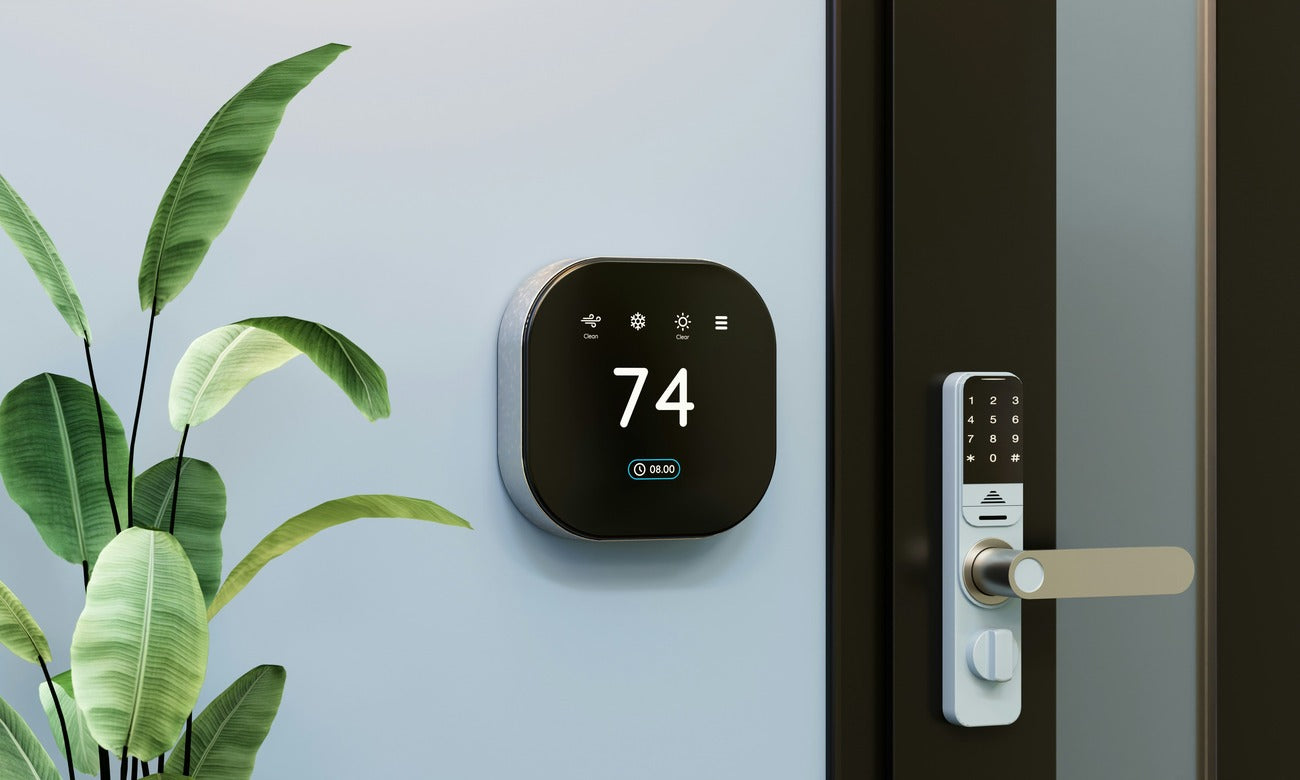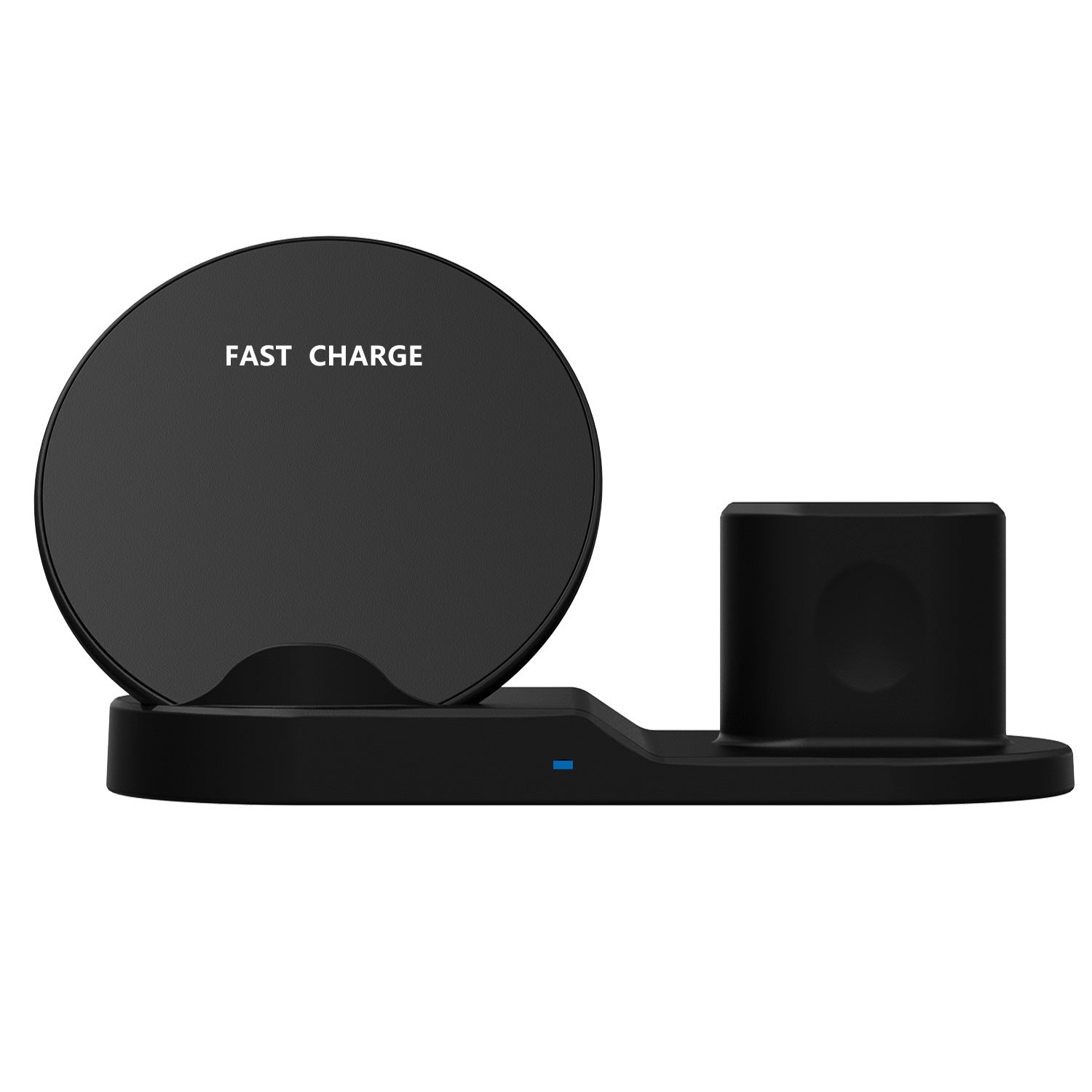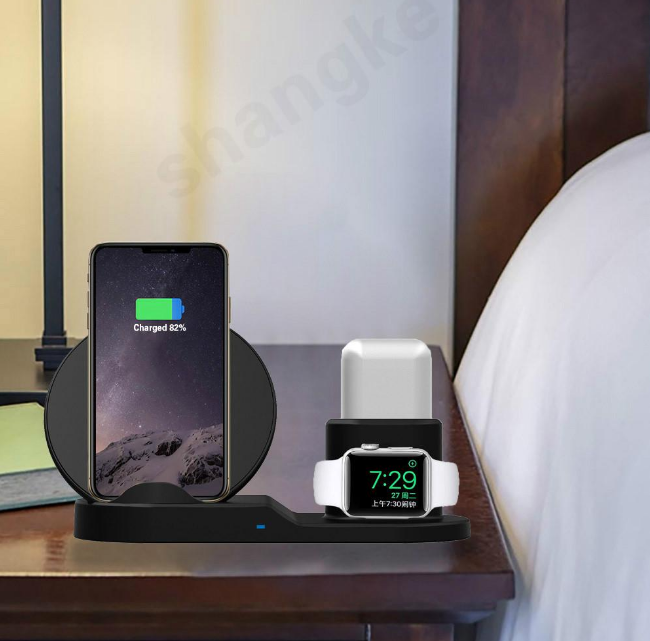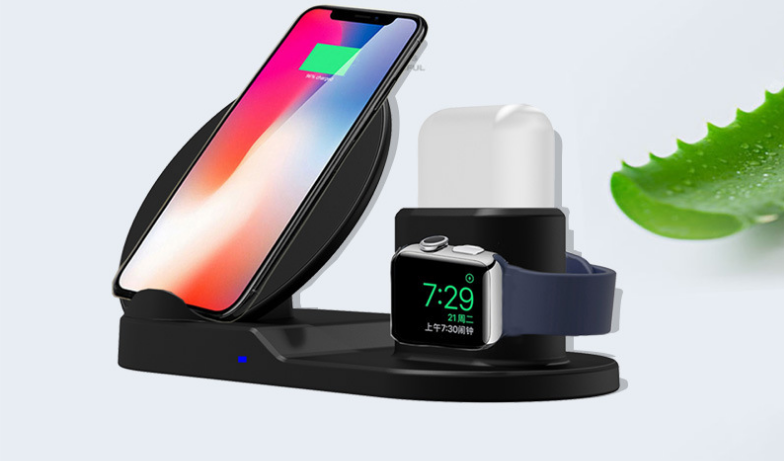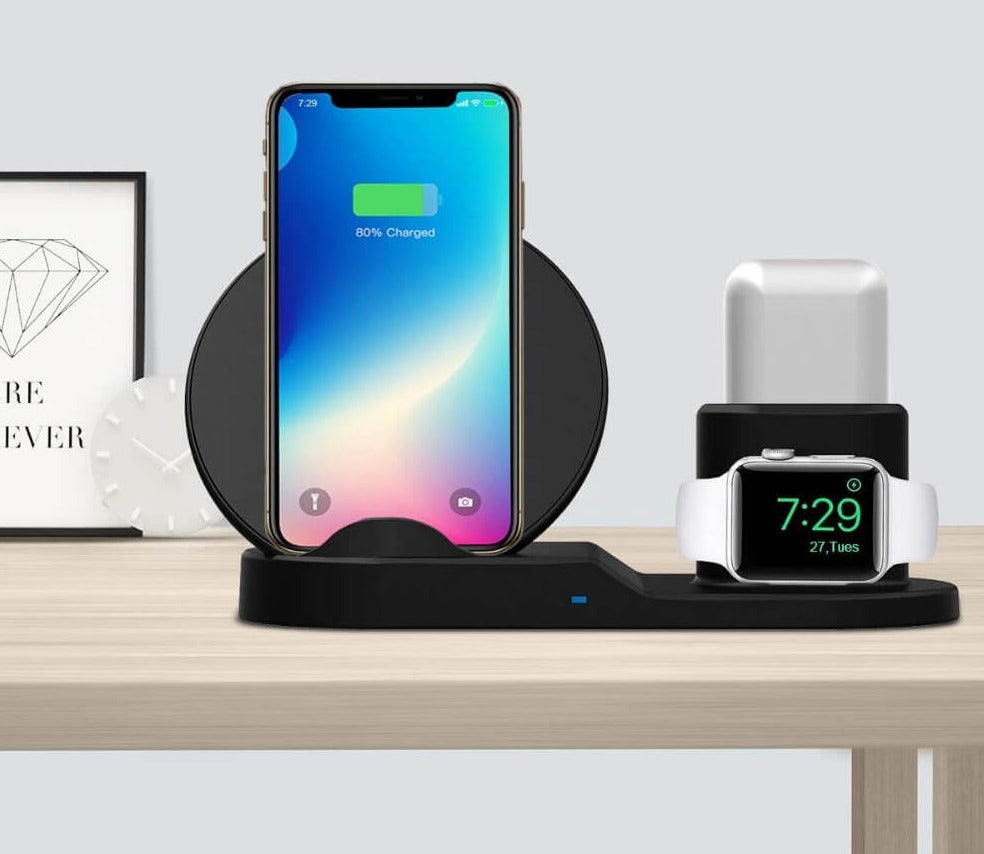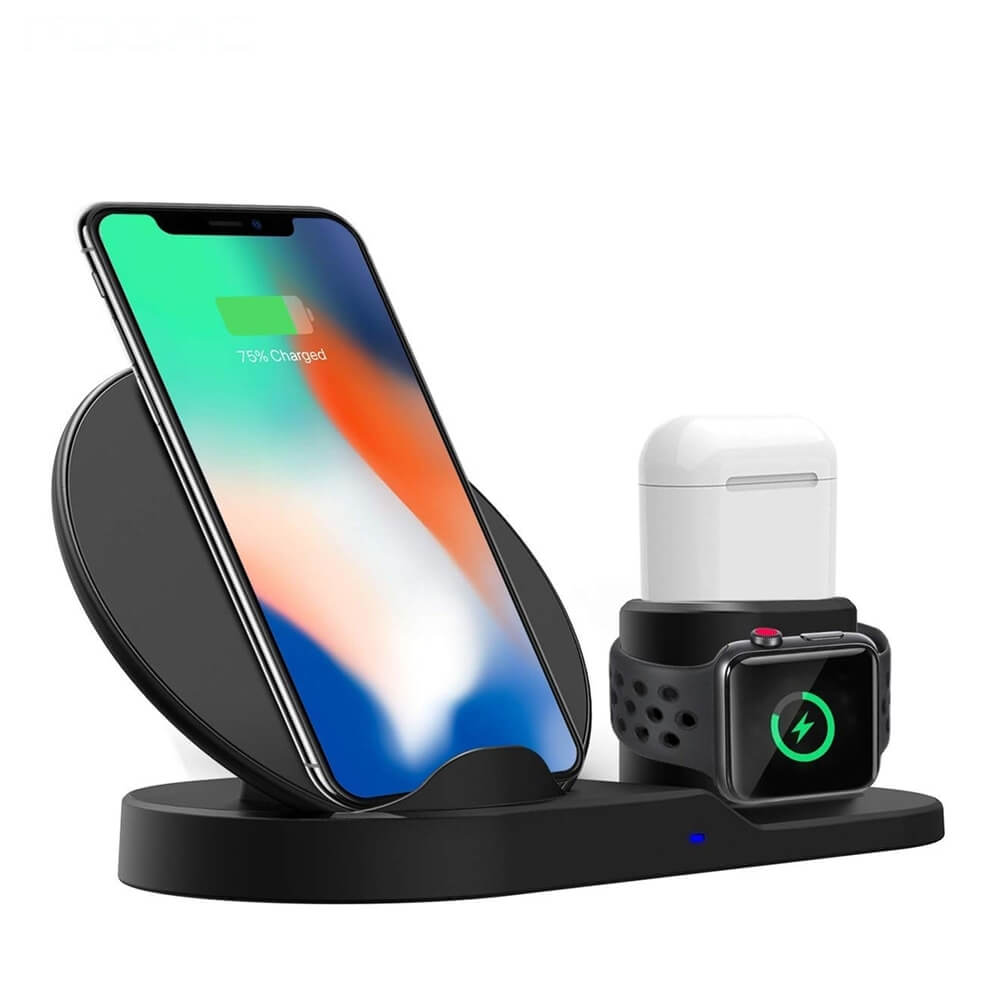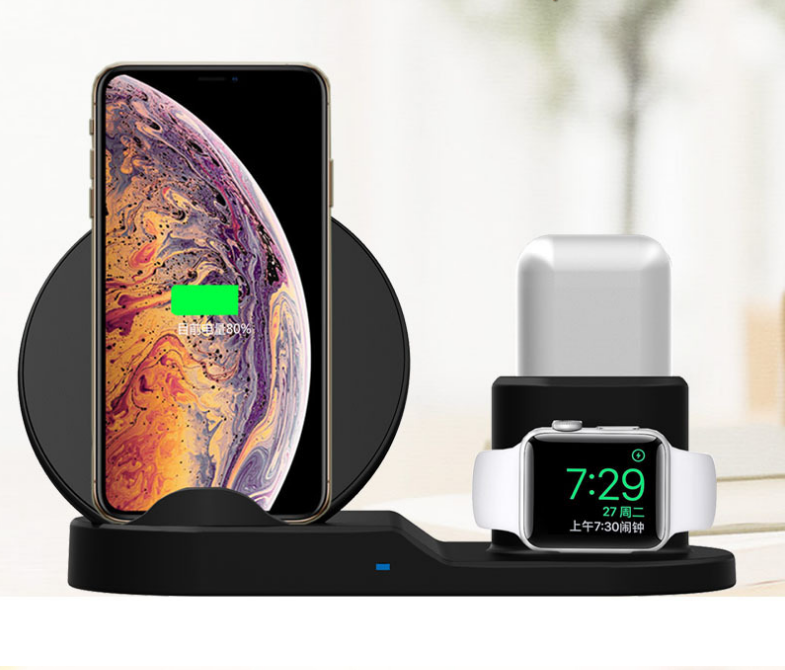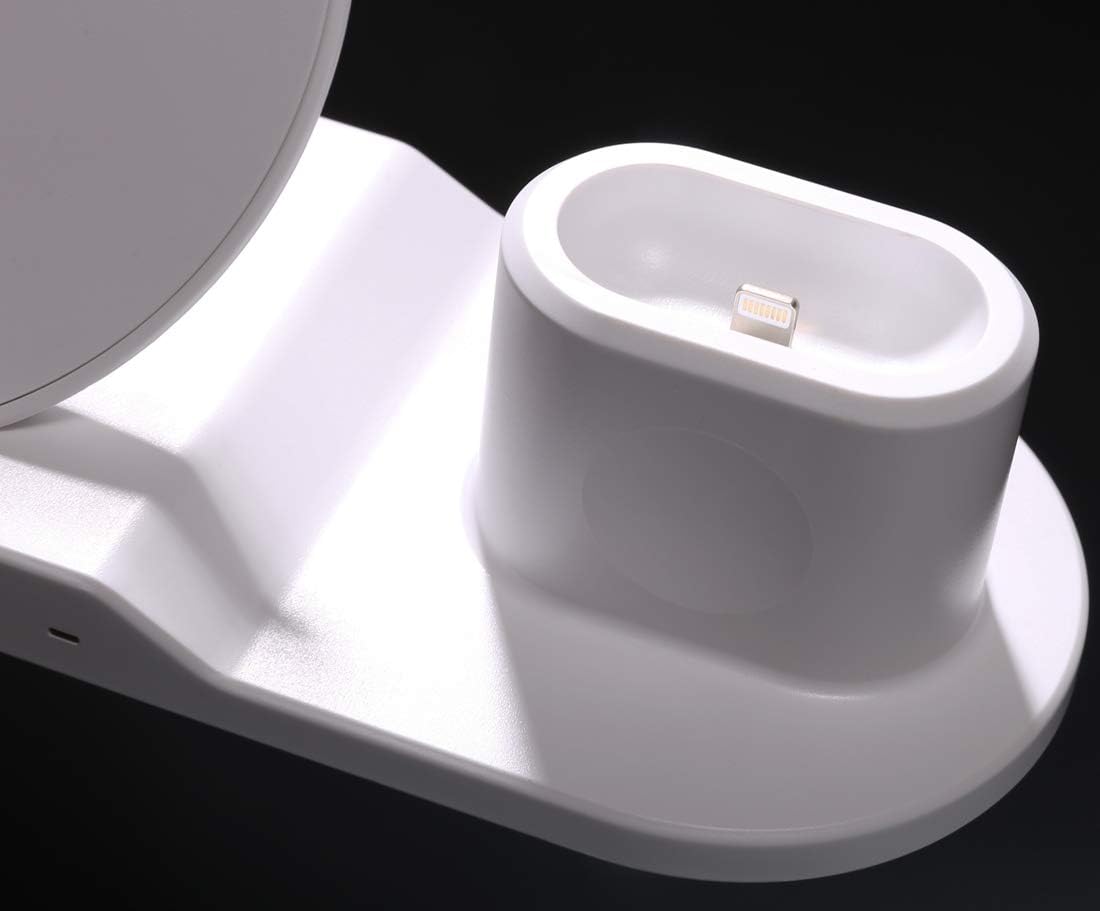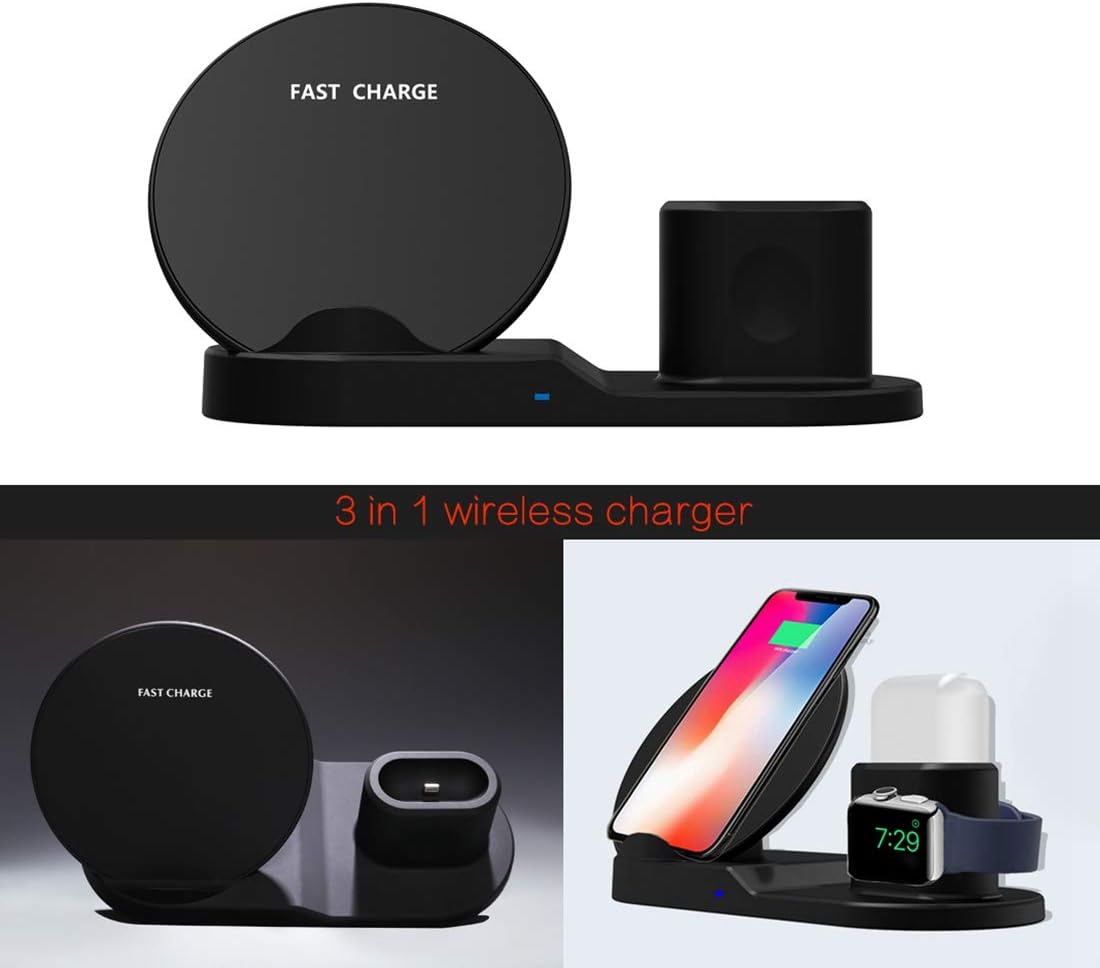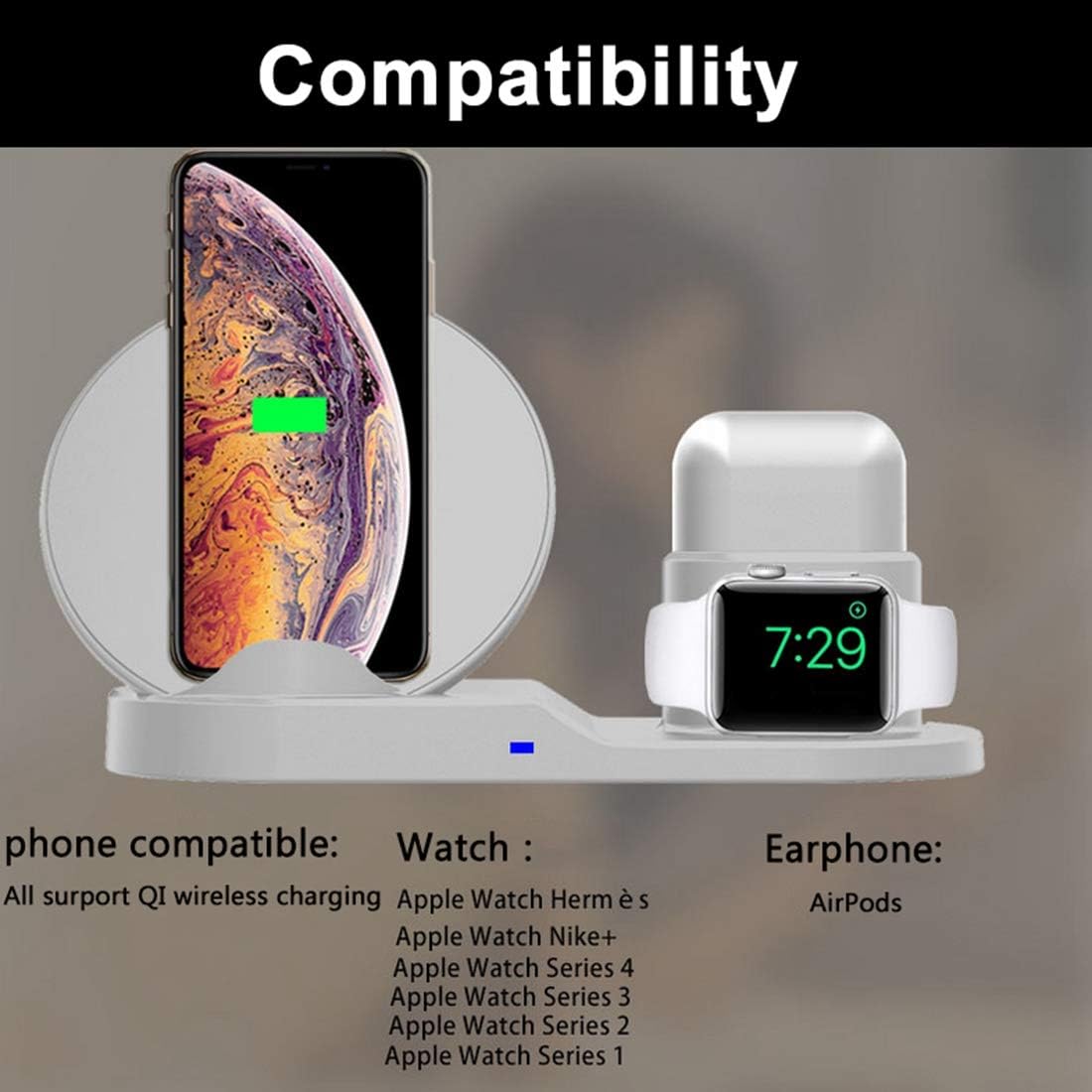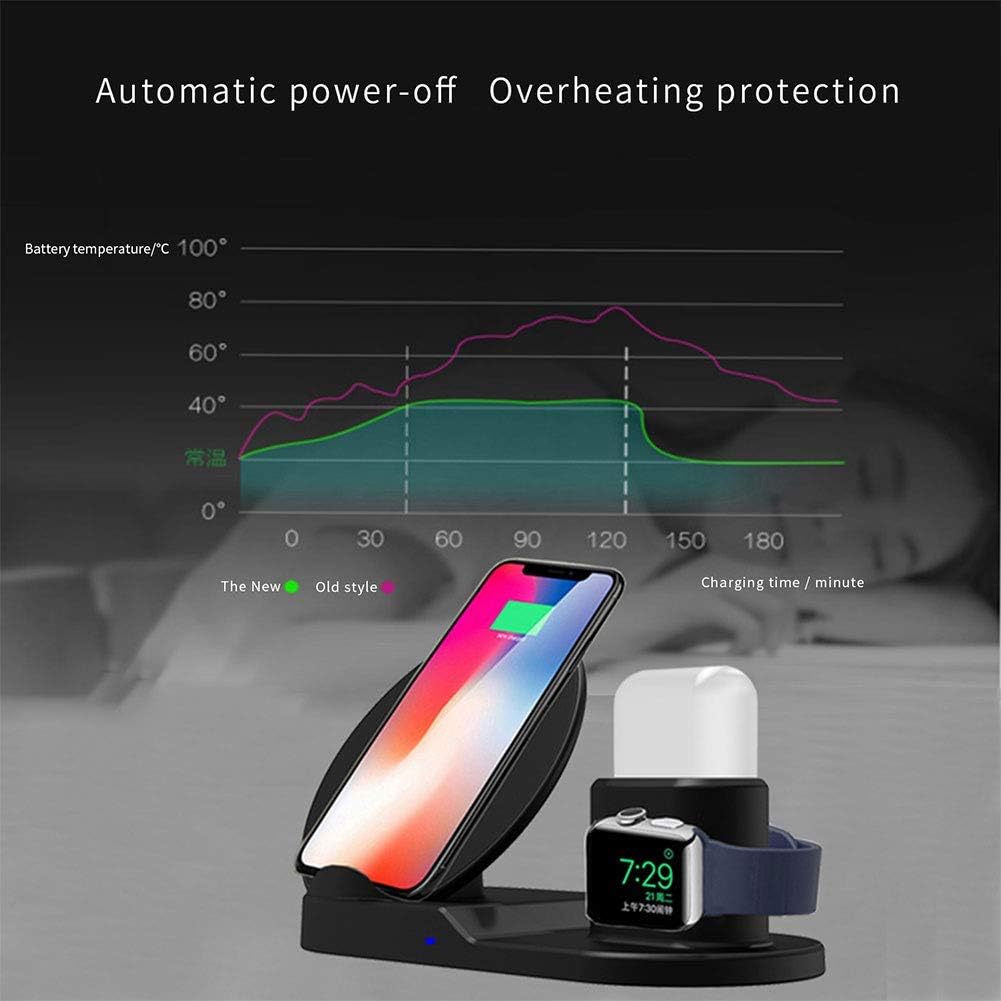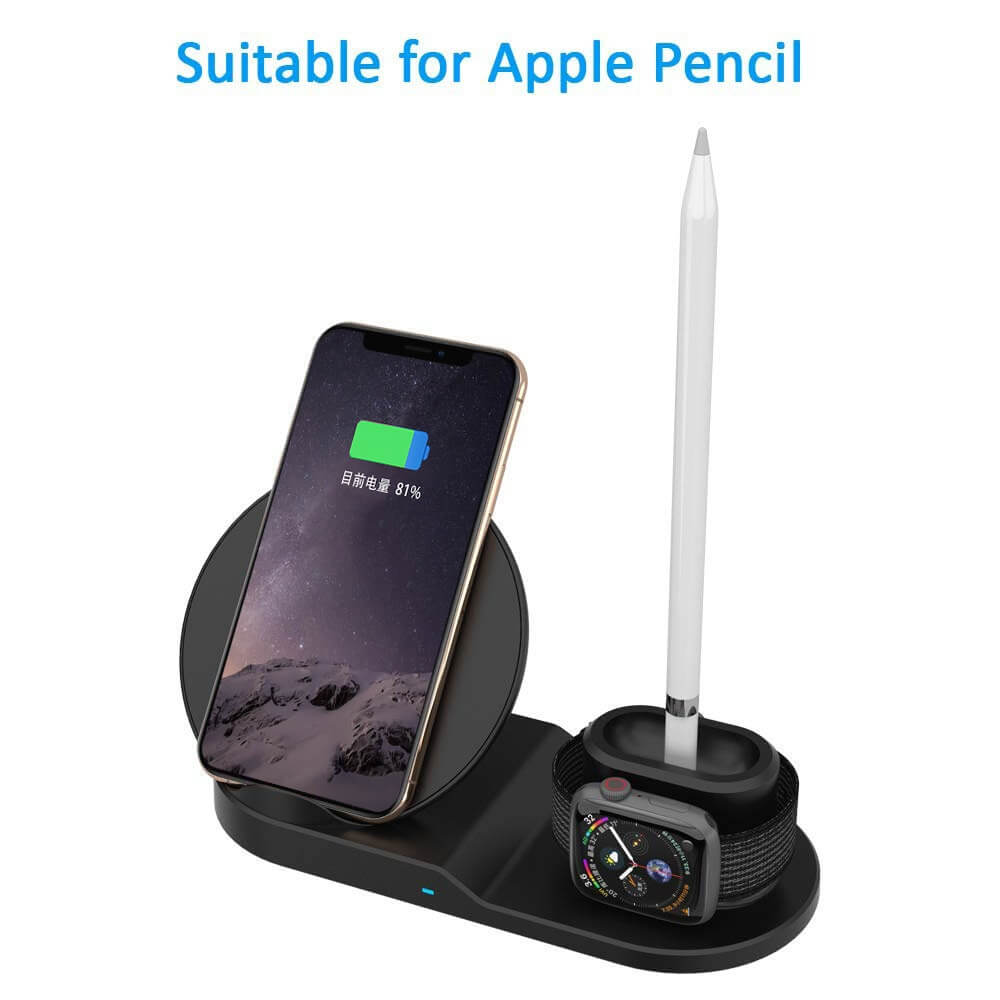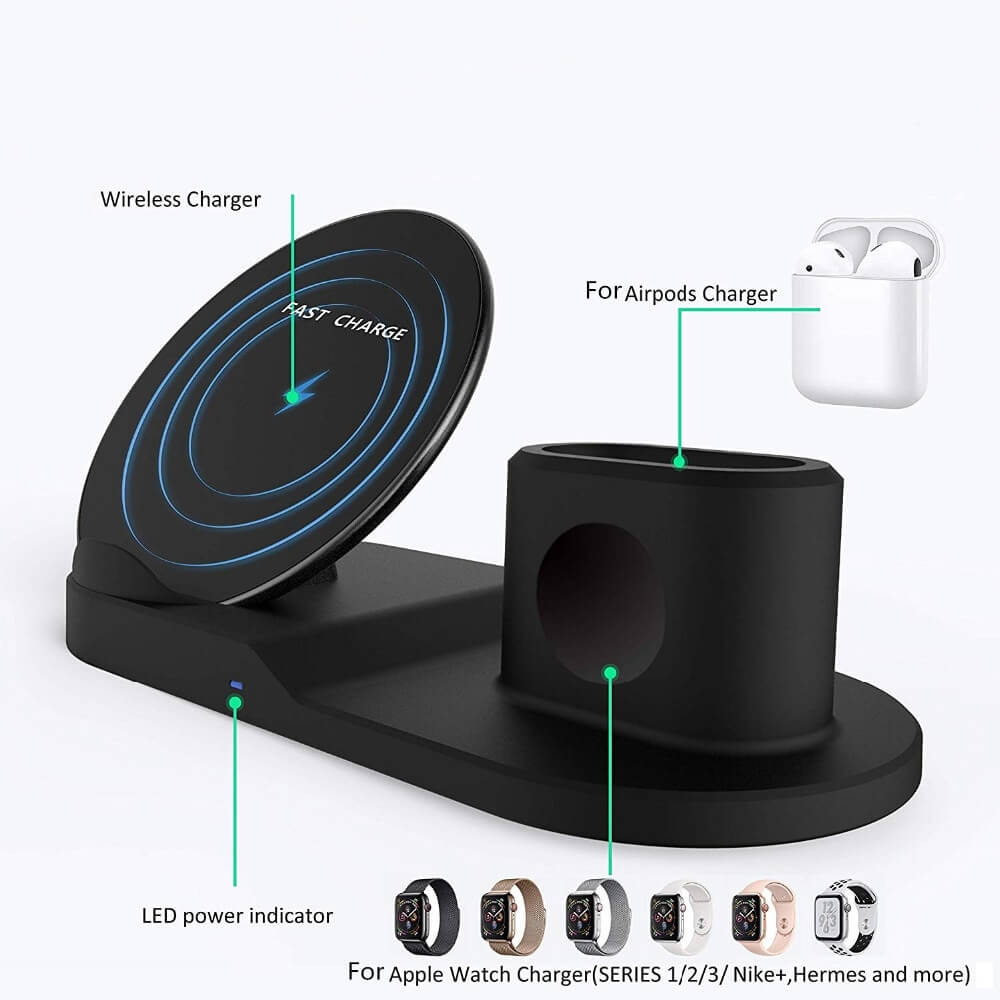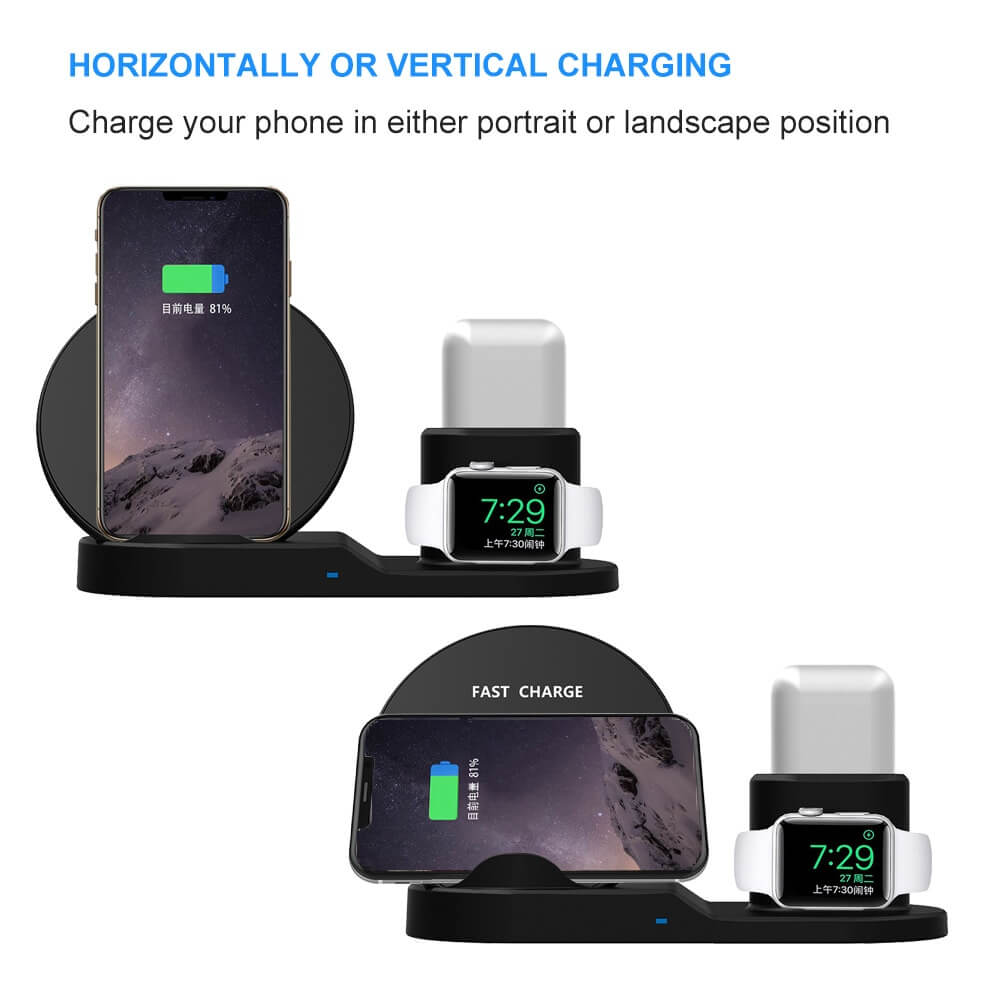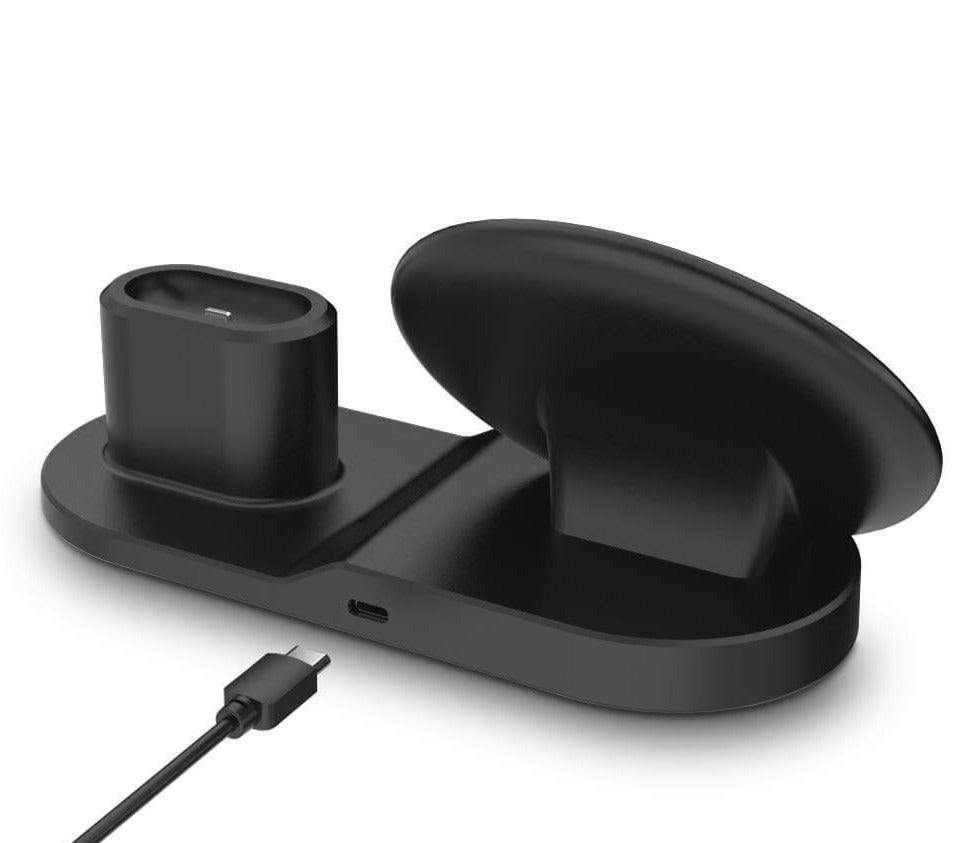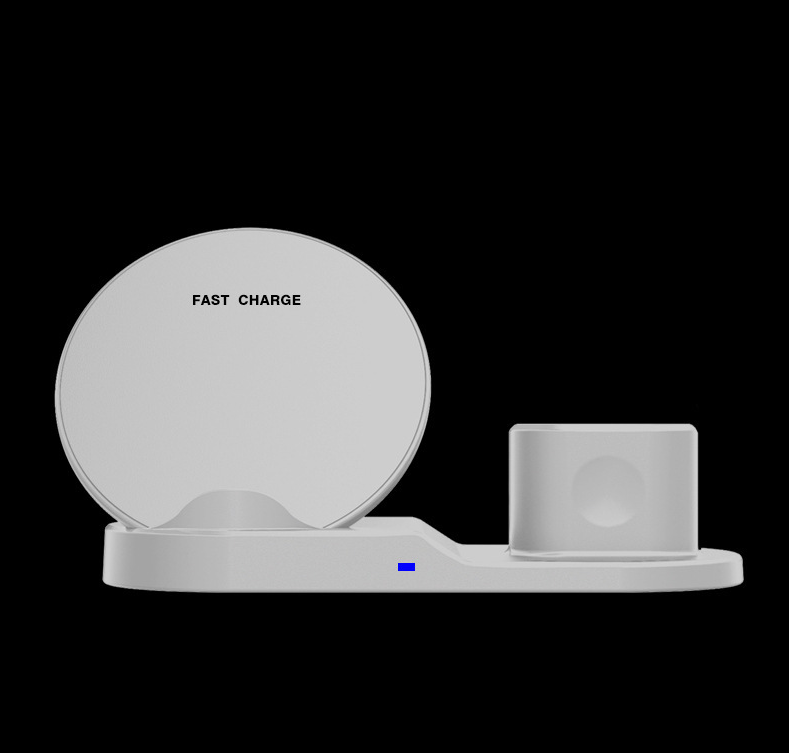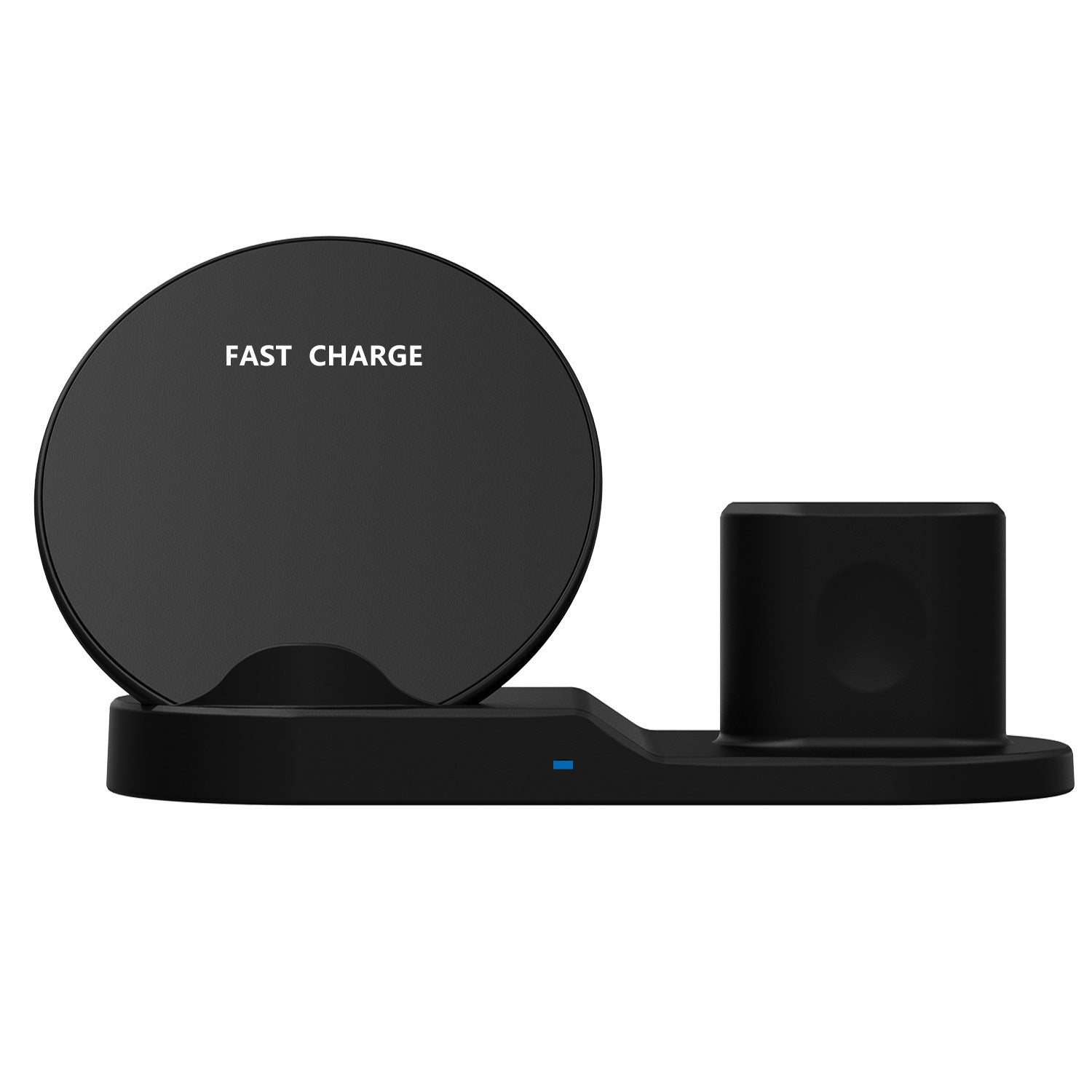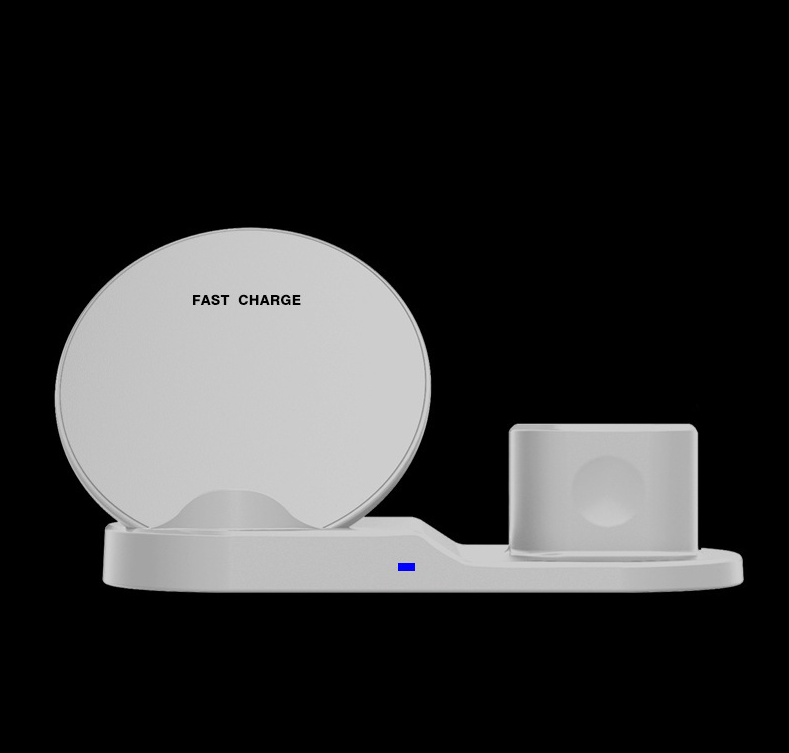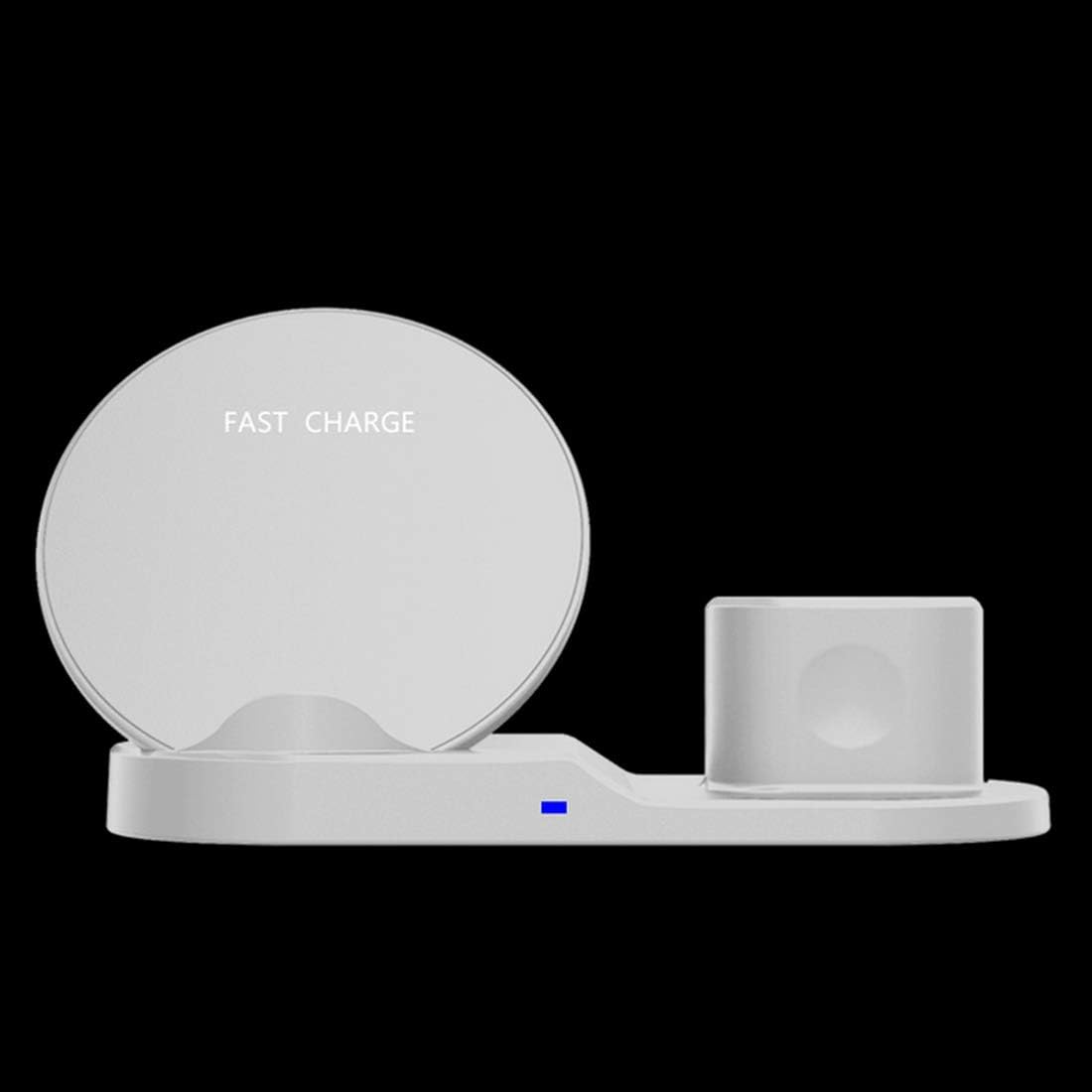Embrace Smart Technology for a Healthier, More Comfortable Lifestyle
In recent years, our homes have begun to evolve into high-tech health hubs, equipped with advanced diagnostic tools and smart furnishings that promote well-being. This shift is not just about convenience; it’s about creating environments that support our health and wellness. With the integration of smart technology, residents can monitor their health in real-time, adjust their living spaces for optimal comfort, and ultimately lead healthier lives. Let’s explore how these innovations are reshaping our homes and the tools you can use to create your own high-tech health haven.
The Rise of High-Tech Health Homes
High-tech health homes leverage technology to enhance the quality of life for their residents. These homes are designed to provide continuous health monitoring and facilitate proactive health management. By integrating various devices and systems, homeowners can create environments that respond to their health needs in real-time.
Key Features of High-Tech Health Homes
Smart Home Integration
Smart home technology allows for the automation of various home functions, including lighting, heating, and security. These systems can be controlled remotely via smartphones or voice-activated assistants.
Health Monitoring Devices
Wearable devices and smart appliances can track vital signs, medication adherence, and physical activity levels. This data can be shared with healthcare providers for better management of chronic conditions.
Environmental Controls
Smart thermostats and air quality monitors can adjust the living environment automatically to suit health needs. For instance, they can detect pollutants and adjust air filters accordingly.
Voice-Activated Systems
Devices like Amazon Alexa or Google Home facilitate hands-free operation, making it easier for individuals with mobility limitations to control their environment.
Remote Monitoring
Cameras and motion sensors can help caregivers monitor patient activity without being intrusive, ensuring safety while maintaining independence.
Benefits of High-Tech Health Homes
Enhanced Safety and Independence
High-tech health homes provide a level of safety that traditional homes may lack. For elderly residents or those with chronic conditions, smart technology can alert caregivers to falls or unusual activity patterns, allowing for timely interventions while enabling individuals to maintain their independence.
Improved Comfort and Health Outcomes
By maintaining optimal living conditions—such as temperature control, humidity levels, and air quality—smart home technology can significantly improve comfort. This is particularly important for individuals with respiratory issues or allergies, as environmental factors often play a critical role in managing these conditions.
Efficiency and Cost-Effectiveness
Smart homes reduce the need for constant in-person care by enabling remote monitoring capabilities. This not only lowers healthcare costs but also prevents hospital readmissions by allowing for early detection of potential health issues.
Tools for Creating a High-Tech Health Home
To help you transform your living space into a high-tech health hub, here are some innovative tools and devices that you can consider incorporating into your home:
Smart Thermostats
Smart thermostats like the Nest Learning Thermostat learn your schedule and preferences to optimize heating and cooling in your home. They can also monitor air quality and adjust settings accordingly.
Wearable Health Monitors
Devices like the Fitbit Charge 5 track various health metrics such as heart rate, sleep patterns, and physical activity levels. The data collected can help users make informed decisions about their health. Check our options here.
Air Quality Monitors
The Awair Element is an air quality monitor that tracks toxins and chemicals in your environment. It provides real-time feedback on air quality levels and suggests actions to improve them.
Smart Light Bulbs
Smart light bulbs like the Philips Hue allow you to control lighting through an app or voice commands. You can set schedules, adjust brightness, and even change colors to create a calming atmosphere conducive to relaxation or focus.
Voice Assistants
Devices like the Amazon Echo Show enable voice control over smart home devices while providing video calls, reminders, and access to information—all crucial for maintaining independence among elderly users.
Remote Monitoring Systems
The Lively Mobile Plus is a medical alert device that provides emergency response services at the push of a button. It also includes fall detection features that alert emergency contacts if a fall is detected.
Integrating Technology into Your Home
To create a high-tech health home, consider starting small by integrating one or two devices at a time. Here are some steps to guide you:
Assess Your Needs
Identify which aspects of your health or daily living could benefit from technology—whether it’s improving air quality, tracking fitness levels, or enhancing safety.
Choose Compatible Devices
Ensure that the devices you select are compatible with each other for seamless integration into your smart home ecosystem.
Set Up Automation Routines
Use apps associated with your devices to set up routines that automate tasks—like adjusting lighting when it’s time to wind down for bed or regulating temperature based on your schedule.
Monitor Progress Regularly
Keep track of how these technologies are impacting your daily life. Many devices come with apps that provide insights into your usage patterns and overall well-being.
The Future of High-Tech Health Homes
As technology continues to advance rapidly, we can expect even more innovative solutions tailored toward enhancing our living environments. Future developments may include:
- Enhanced connectivity between devices for more comprehensive monitoring.
- AI-driven insights that predict potential health issues based on data trends.
- More affordable options for smart home technologies, making them accessible to a wider audience.
Conclusion
High-tech health homes represent a significant leap forward in how we approach wellness within our living spaces. By incorporating smart technologies into our homes, we not only enhance our comfort but also empower ourselves to take control of our health proactively. As these innovations continue to evolve, they will undoubtedly play a crucial role in shaping healthier lifestyles for individuals and families alike.
By investing in high-tech tools designed for wellness—such as smart thermostats, wearable monitors, air quality sensors, voice assistants, remote monitoring systems—you can create an environment that supports your health goals while enjoying the convenience of modern living.
So why wait? Start transforming your home today into a high-tech haven that promotes well-being!



